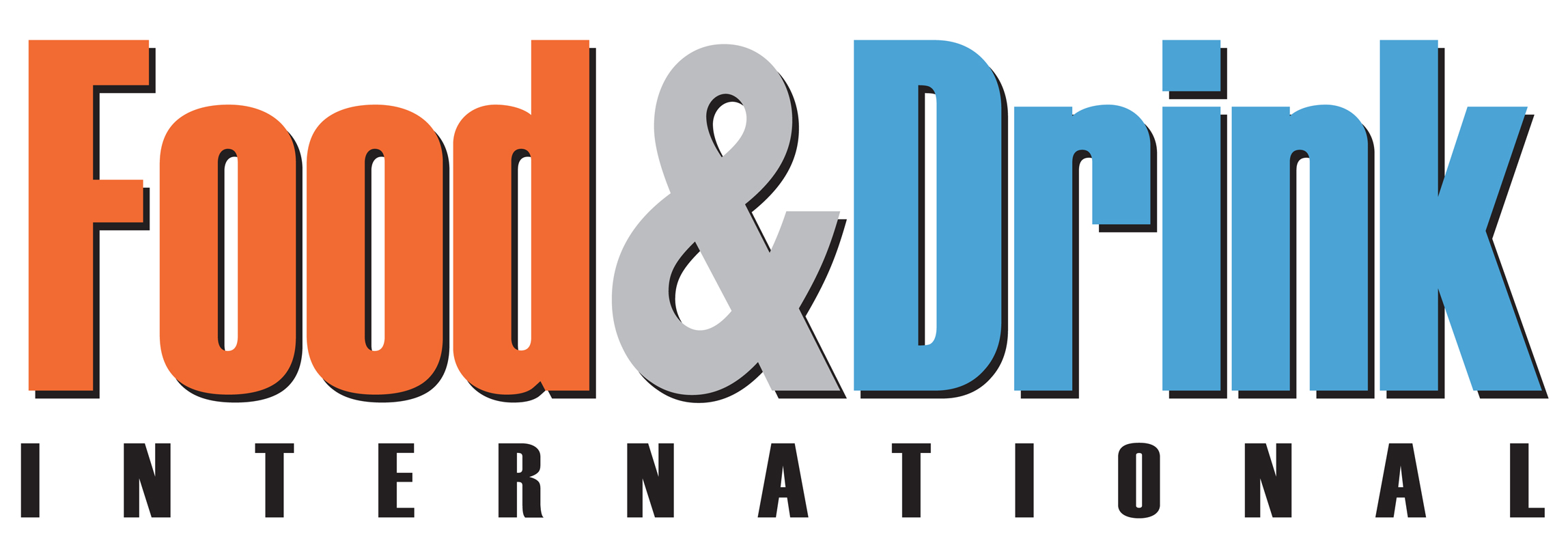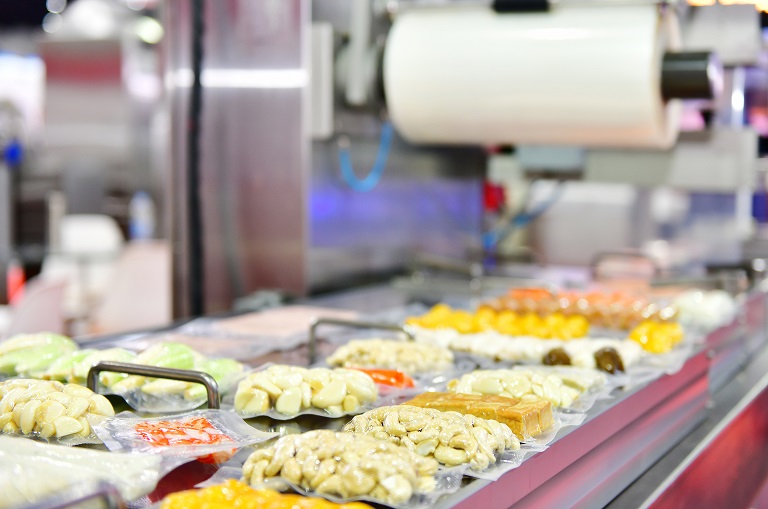The global food-grade ethanol market is on track for strong growth through 2032, driven by rising demand from the food and beverage sector, especially for natural preservatives and flavouring agents. This growth is underpinned by consumer shifts toward clean-label and organic products, particularly in North America and Europe.
Conventional ethanol, produced from sources like corn and sugarcane, currently dominates the market due to its cost efficiency and established supply chains. However, the organic ethanol is expanding quickly, reflecting increasing demand for sustainable and non-GMO ingredients. Producers are responding with greater investment in environmentally conscious production processes.
Key application areas for food-grade ethanol include flavouring, food preservation, and colouring. These uses remain central to processed food manufacturing, with PET bottles and HDPE drums serving as the most common packaging formats. Smaller businesses prefer PET bottles for convenience and affordability, while HDPE drums cater to large-scale industrial users.
Regionally, North America leads the market thanks to its mature processed food industry and the presence of major suppliers. The U.S. continues to be the largest individual contributor, supported by a strong regulatory framework and growing interest in organic ingredients.
Asia Pacific is emerging as a high-growth region, with rapid urbanisation, rising income levels, and changing consumer diets in countries such as China and India. This shift attracts global players to invest in local partnerships and expand regional capacity.
Despite positive momentum, the market faces constraints, including raw material price volatility and the regulatory complexity of producing food-grade ethanol across multiple jurisdictions. Concerns also persist about using food crops for ethanol production and its broader impact on food security.
Long-term opportunities lie in geographic expansion into developing regions and technological innovations such as cellulosic and algae-based ethanol. These alternatives could reduce dependence on traditional crops, enhance supply resilience, and support sustainability goals.


